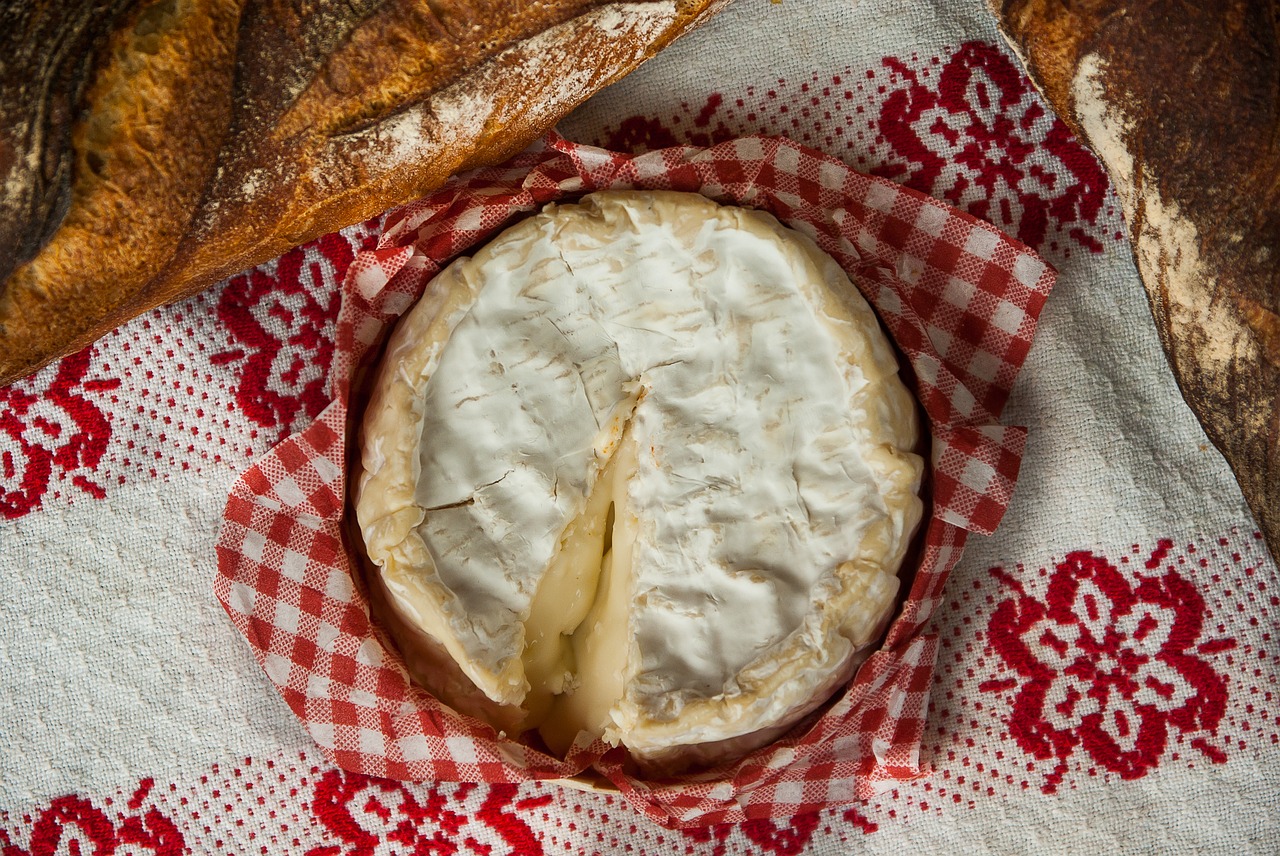How to Spot Fake Cheese

Cheese is a pretty straightforward foodstuff. The list of its ingredients is short: anyone can make cheese at home using little more than milk.
And the recipe is also simple: mix milk with a curdling agent (rennet is the most widely used but a few drops of vinegar or lemon juice will also do, or even leaving the milk to go sour), heat it up, and strain it - voilá, cottage cheese is ready. Cheese is perhaps the best way to preserve milk, this nutritious and healthy food - the huge number of its varieties shows how popular it is. While some varieties are very easy to make at home - see the recipe above - others require more attention, expertise, and time. Parmesan (Parmiggiano-Regiano), for example, is aged for up to 3 years, and Camembert needs a specific strain of mold - Penicillium camemberti - and controlled conditions to achieve its signature texture and flavor.
Some cheese varieties can be pretty expensive, too. And, like many other products that are popular and expensive, they are being counterfeit. Here are a few tips on how you can tell “fake” cheese from the real thing.
Camembert
Camembert is among the most popular cheeses in France and has a huge fan base around the world. And as such, it has its “copycats”.
Camembert de Normandie - the real thing - has to be made using unfiltered raw milk with at least 38% fat, coming from grass- and hay-fed cows bred in the Northern province of Normandy. And it is a disappearing product: today, only around 1% of the cheese produced in France has the PDO seal of approval. There are many Camembert-style kinds of cheese in the market, though - and people often settle for the “lesser” varieties.
Camembert cheese has a signature creamy interior covered by the rind. The “real deal” will be a bit brownish in spots - a bright white rind indicates an industrial variety. Also, the thick, creamy center of the cheese will become more squeezable the longer it stays on the cheese platter - brie, in turn, will turn runny. And when you shop for Camembert cheese, make sure to look for the PDO seal on the package.

Parmesan
First and foremost, if a product says “Parmesan” on the packaging (and it’s made in Italy) doesn’t mean it really is parmesan. The real thing will be called “Parmigiano-Reggiano” and have the above-mentioned PDO seal on it. The use of the term “parmesan” can be used for other types of cheese outside Italy. If you want the real thing, make sure to avoid grated parmesan. The reason: it may contain way too much wood pulp. Parmesan-type cheese is usually sold in blocks that you can grate or shave as you see fit. And even if you buy a block of cheese that says “parmesan” on it, you may
end up with cheese varieties like pecorino (made of sheep milk) or another aged hard cheese.
Processed “cheese”
Finally, let us mention a variety of “cheese” that every cheese lover should avoid: processed cheese. Processed cheese is perhaps the worst thing that can happen to milk. It’s so bad that using it is one of the worst crimes against pizza. These products are made of milk - at least in part - with the addition of vegetable oil, food coloring, emulsifiers, and sugar. But not all processed cheese varieties are created equal: some of them contain as little as 51% cheese, not exactly fake (but not exactly the real thing either) but with many of their qualities sacrificed in exchange for better shelf life.
How to spot the worst type of processed cheese?
Well, for this you need to know the regulations in its country of origin. In the US, “pasteurized process cheese” must contain at least 47% milkfat, while the “pasteurized process cheese food” sets the bar lower, to just 23%. There is a “pasteurized process cheese product” as well that doesn’t meet the above standards, not to mention “cheese analogs”, products that look and taste like cheese but contain none of its ingredients. These are of two types: “vegetable cheese” meant for vegetarians and vegans, and “pizza cheese” that is not officially called “cheese”, of course, but it behaves just like the real thing, and is much cheaper to produce.






Loading comments...